|
Asunrise stroll through Klongsan’s maze of inter woven lanes, sois, and khlongs lures you deep into the heart of Thailand. In the historic communities between Icon Siam and Memorial Bridge, Bangkok’s soul unfolds, step by step.
In fact, Thonburi is Bangkok. Some say the name ‘Bangkok’ refers to a village near Bangkok Noi and Bangkok Yai, where almost 500 years ago, it was the logistical stop for ships en-route to the capital Ayutthaya. ‘Bang Ko’ translates as ‘island village,’ a settlement almost completely surrounded by water, recalling when the Chao Phraya river followed a completely different course than today. The Ayutthaya Kings re-engineered and short-cut the lower Chao Phraya river course to accelerate trade and improve tax and defense efficiency. In 1538 King Chairachathirat (1534-1546), renowned for his early modern warfare technology and Portuguese trade, dug the first ‘Khlong Lat’ (short cut canal), reducing the sailing time to Ayutthaya by almost one day. The powerful currents soon widened the short cut to become the new main channel. So successful was the operation, that future kings followed with more Klong Lats in 1542, 1636, 1722, and 1874. As Chao Phraya sailing times quickened, and Siam connected with foreign trade, Thonburi became a powerful tax collection port and customs office. |
|
When Ayutthaya was razed to the ground in 1767, Thonburi was the obvious choice for King Taksin to rebuild the nation’s capital. The 280- year-old Gong Wu Shrine, the oldest of its kind in Thailand, is said to be where King Taksin prayed before battle. Today it is a bright, wonderfully decorated temple bordered by My Grandparents House café, and Thang Nguan Hah Vintage House, the first fish sauce factory in the country.
From 1768 Khlongsan evolved with communities of Portuguese, Siamese, Chinese, Indian and Muslim merchants who supported King Taksin’s exploits. Indian Muslim spice and goldsmith traders are located around Changnak Alley, the scene of James Bond’s 1997 ‘Tomorrow Never Dies’ epic motorcycle chase. Here too are the Wanglee family’s Lhong 1919 trading wharf and Mazou Temple, Huok Li House, and Lanthong Salt Production Warehouse. Step into the smallest lanes of Chiang Mai Rd. Intersection Community, Tha Din Daeng Soi 14/16 Community, Soi Chang Nak Sapan Yao Community for a special glimpse into Khlongsan’s people and heritage. The riverside Kuwatin Islam Mosque tells the story of two of Thonburi’s most significant families: the Bunnag’s of Persian origins, and The Nana’s of Indian decent. By the nineteenth century, the House of Bunnag was perhaps the most influential family in Siam. Favored by Chakri monarchs, the family monopolized high-ranking titles and developed much of Thonburi’s economy and culture. |
|
In 1818, the family moved to their new residence on the west river bank. They excavated Khlong Somdet Chao, a main customs house canal, collecting shipping tax and trading income.
Tat Bunnag kindly gave a riverside warehouse plot to a group of Indian traders to use as a mosque. Under Ali Bai Nana, their friendship and business collaboration blossomed and the Nana business empire was born. Today, there are Nana neighborhoods in Sukhumvit Soi 4, Chinatown, and also the Nana BTS Station reflecting the families prominence and success. One of the most powerful Bunnag’s, Sri Suriyawongse, influenced the reigns of Kings Rama II, III, IV and V. He oversaw the capital city, international trade, and became the first ever Commander of the Royal Navy. He served as Regent for the young King Chulalongkorn, and was instrumental in negotiating the 1855 Bowring Treaty with Great Britain. Siam was catapulted into a future economy of sugar and rice trade exports. Spectacular temples such as Wat Prayurawongsawat and Wat Pichai Yattikaram reflect Bunnag family’s social role, restoration and donation efforts. As Thonburi entered the 20th century, a young ‘commoner’ girl named Sangwan played around the Khlongsan neighborhood, living in her parents’ rented wooden shop house. Her mother taught her to read and she was able to enroll at the all-girls school of Wat Anongkharam. |
In 1919, she married Prince Mahidol Adulyadej, son of King Chulalongkorn (Rama V) and became the mother of 2 Kings; Ananda Mahidol (Rama VIII) and Bhumibol Adulyadej (Rama IX). Formally known as Somdet Phra Srinagarindra Boromarajajonani, she was loved by the nation and called Somdet Ya, the Royal Grandmother.’Sangwan’s childhood gardens and lanes are now preserved as the beautiful Princess Mother Memorial Park.
The nearby RBMCO Indian Archway pays tribute to the Nana family and their donation of the park for public enjoyment.
Old Thailand awakens before the sun, and gives way to modern urban life by early rush hour. In these peaceful moments you can escape the chaos of Bangkok’s ten-million strong metropolis. Dawn brings a collage of whispy orange cloths, story tale scenes, and urn fired stir fries.
Murmurs and chants reverberate behind old walls. The Chao Phraya river is never far and has nourished the orchards, people, and culture for centuries. Transitioning through three of the Thailand’s four kingdoms, Khlongsan is a place where you can stroll, and time-travel through the charm and soul of the nation.
The nearby RBMCO Indian Archway pays tribute to the Nana family and their donation of the park for public enjoyment.
Old Thailand awakens before the sun, and gives way to modern urban life by early rush hour. In these peaceful moments you can escape the chaos of Bangkok’s ten-million strong metropolis. Dawn brings a collage of whispy orange cloths, story tale scenes, and urn fired stir fries.
Murmurs and chants reverberate behind old walls. The Chao Phraya river is never far and has nourished the orchards, people, and culture for centuries. Transitioning through three of the Thailand’s four kingdoms, Khlongsan is a place where you can stroll, and time-travel through the charm and soul of the nation.

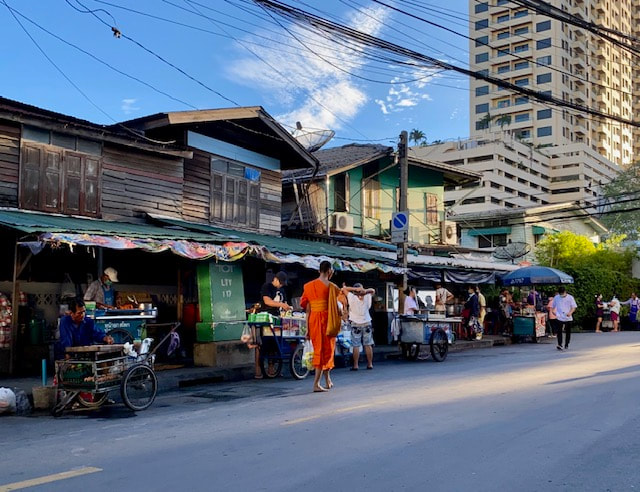
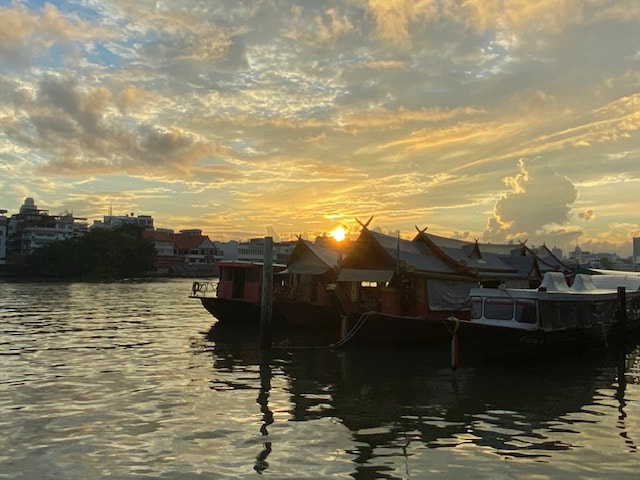
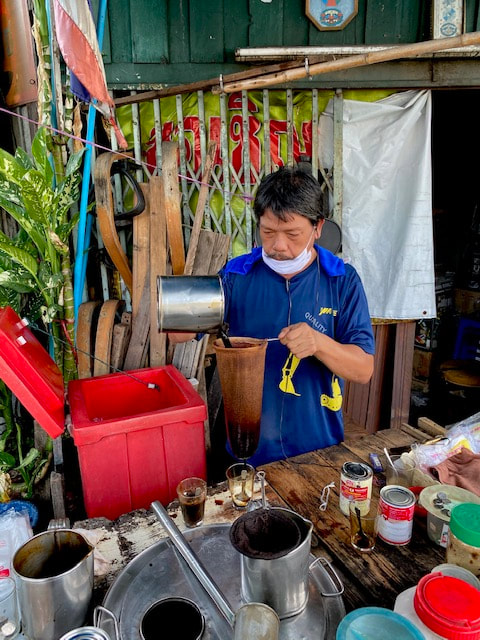
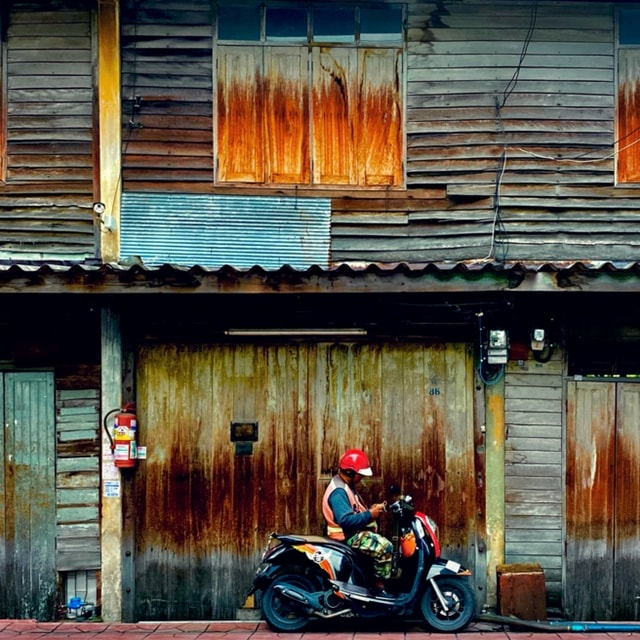
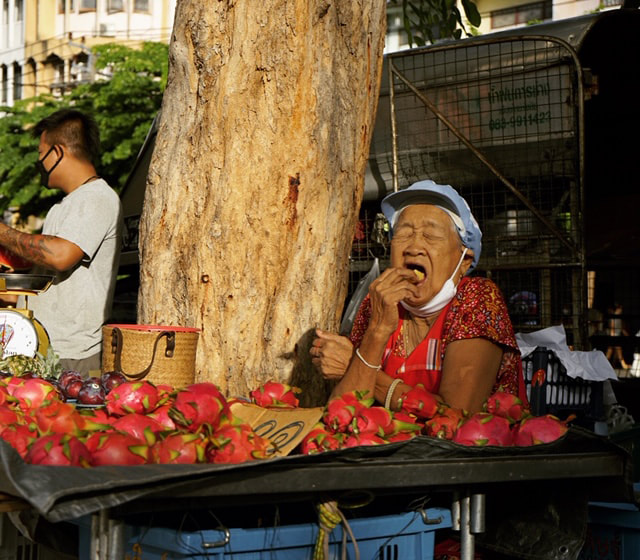
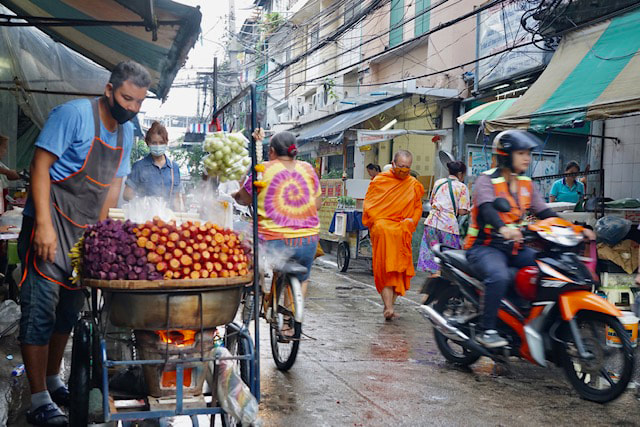
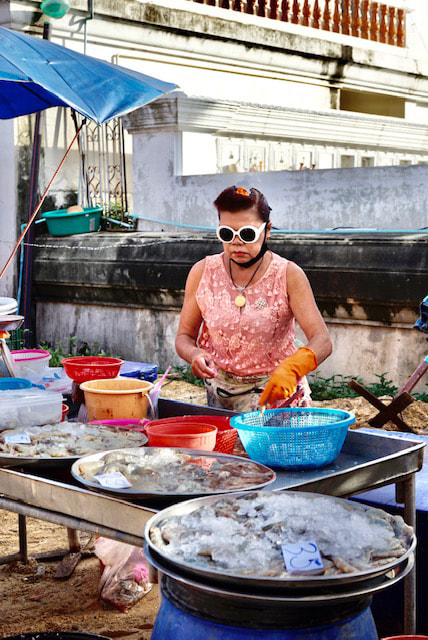
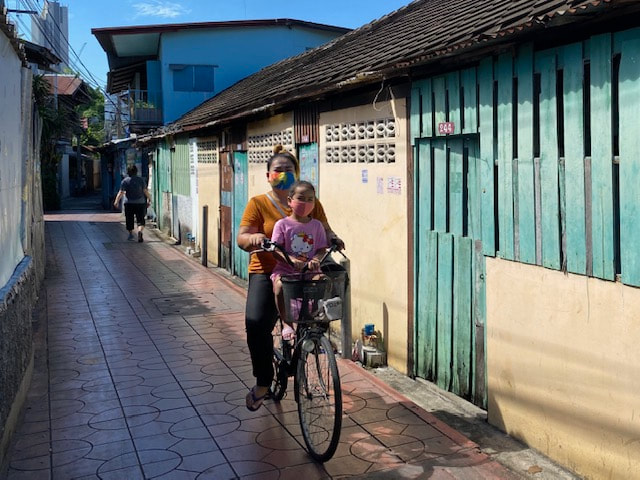
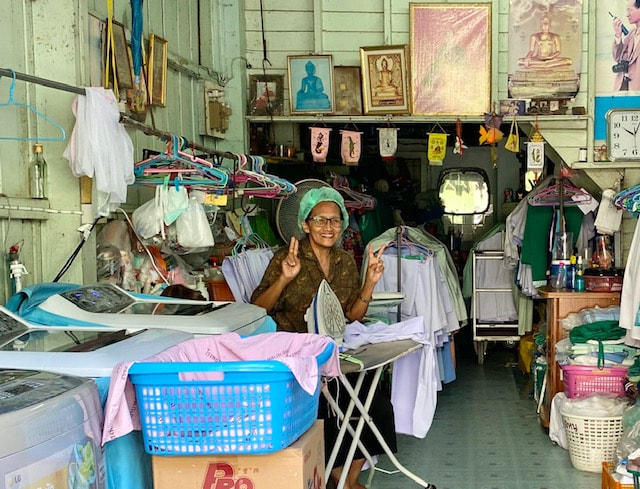
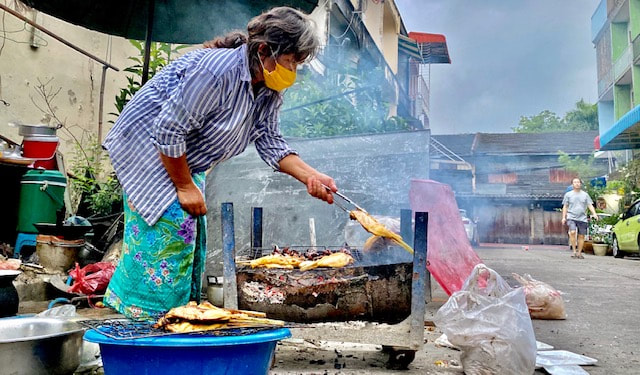
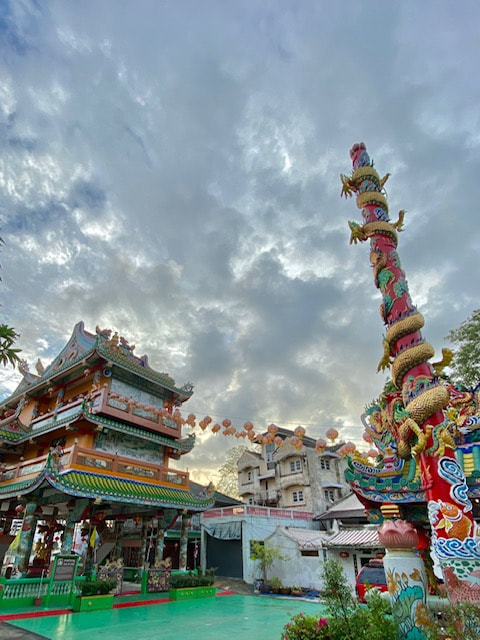
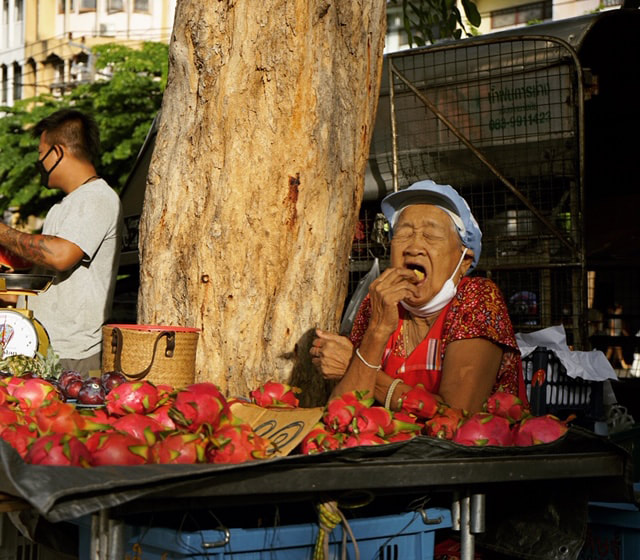
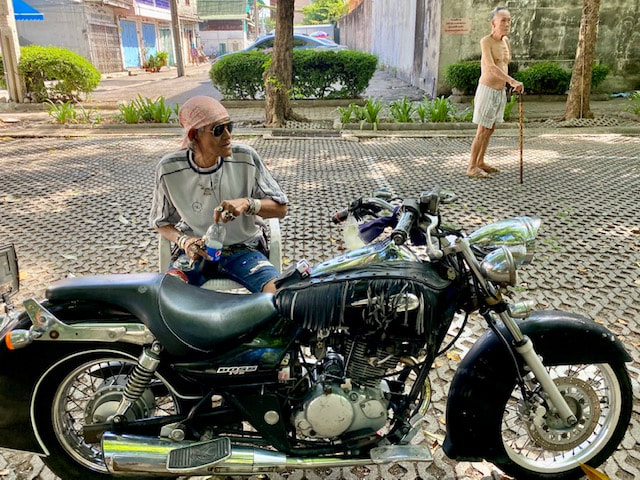
 RSS Feed
RSS Feed



